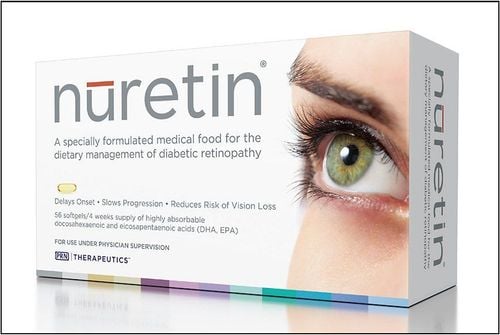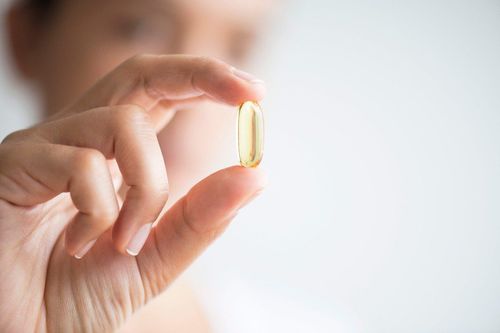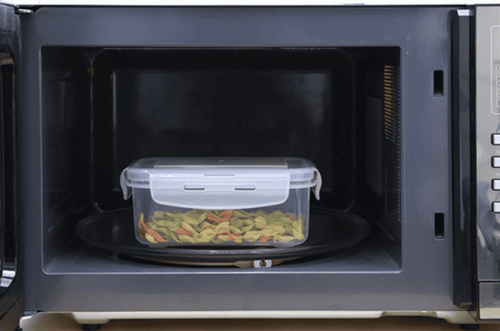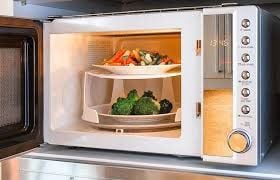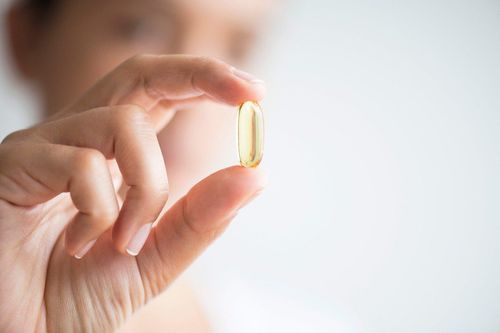This is an automatically translated article.
Eating nutritious food can improve health, while providing the body with adequate nutrients. However, the way food is processed has a significant effect on the amount of nutrients that the body receives. So what cooking methods affect the nutritional content of foods?
1. Nutrient content in food is changed during cooking
Cooked food will help improve digestion and increase the ability to absorb many nutrients in food. For example: the protein in cooked eggs is 180% easier to digest than raw eggs. However, some cooking methods can reduce some important nutrients. Nutritional content is often reduced during cooking, such as:
Water-soluble vitamins: vitamin C and B vitamins - thiamine (B1), riboflavin (B2), niacin (B3), pantothenic acid (B5) , pyridoxine (B6), folic acid (B9) and cobalamin (B12) Fat-soluble vitamins: vitamin A, vitamin D, vitamin E and vitamin K Minerals: including potassium, magnesium, sodium and calcium Accordingly, the methods Cooking can affect the nutritional content as follows:

Các phương pháp nấu ăn sẽ ảnh hưởng đến hàm lượng dinh dưỡng
2. Bring to a boil, simmer and lightly blanch
Boiling, simmering, and blanching are considered water-bath cooking methods. These cooking methods vary according to water temperature:
Pre-blanch: below 82°C Marinade: 85–93°C Boil: 100°C Vegetables provide excellent vitamin C, but large amounts of vitamin C will are lost when they are cooked in water. In fact, boiling lowers the vitamin C content more than any other cooking method. Broccoli, spinach, and lettuce can lose up to 50% or more of their vitamin C when boiled. Because vitamin C is water-soluble and heat-sensitive, it can wash out of vegetables when soaked in hot water.
B vitamins are very sensitive to heat. Up to 60% of thiamine, niacin, and other B vitamins can be lost when meat is simmered and its juices drain. However, when drinking liquids containing these juices, 100% of minerals and 70-90% of B vitamins are retained.
On the other hand, boiling fish has been shown to retain significantly more omega-3 fatty acids than frying or baking in the microwave.
3. Bake
Bake the same cooking method with dry heat. When baking, the heat source rotates from bottom to top. Baking is one of the most popular cooking methods because of the wonderful flavor it gives foods. However, up to 40% of the B vitamins and minerals can be lost during baking or grilling as nutrient-rich water drains from the meat.
In addition, polycyclic aromatic hydrocarbons (PAHs) can be a factor of concern for users. Because, they can be potentially carcinogenic substances that are formed when meat is grilled and fat melts onto hot surfaces. However, researchers have found that PAHs can be reduced by 41–89% if droplets are eliminated and smoke is minimized.

Nướng thực phẩm tăng nguy cơ mắc bệnh ung thư do một số chất dinh dưỡng bị biến đổi
4. Microwave oven
Microwave is used as an easy, convenient and safe cooking method. Short cooking times and reduced heat exposure preserve the nutrients in food when microwaved.
In fact, studies have found that microwaves are the best method to retain the antioxidant activity of garlic and mushrooms. Meanwhile, about 20-30% of the vitamin C in green vegetables is lost during microwave cooking, less than most cooking methods.
MORE: Are microwaves making our food less healthy?
5. Roast and Bake
Roasting and grilling is a method of cooking food in the oven with dry heat. Although, the terms are interchangeable, grill is commonly used for meat while baking is used for breads, muffins, cakes and similar foods.
Most vitamin loss is minimal with this cooking method, including vitamin C. However, due to the prolonged cooking time at high temperatures, the vitamin B in roasts can be reduced by up to 40%.
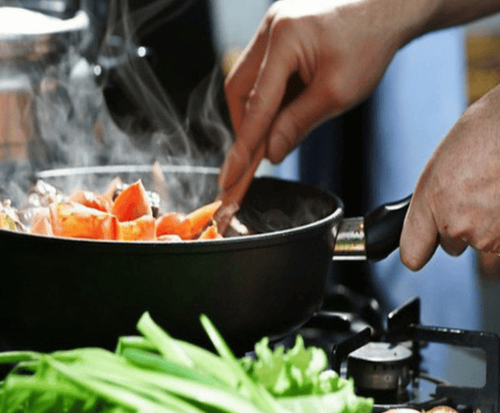
Rang là phương pháp nấu chín thực phẩm giống như nướng bởi sử dụng nhiệt khô
6. Stir-fry
With stir-fries and fritters, food is cooked in a pan over medium to high heat with a small amount of oil or butter. The operations are very similar, but with stir-frying, the food is turned more often, the temperature is higher, and the cooking time is shorter. All in all, this is a healthy way to prepare food.
Cooking for a short time without water prevents the loss of B vitamins and the addition of fats improves absorption of plant-based compounds as well as absorption of antioxidants.
Some studies have found that the absorption of beta carotene in sautéed carrots is 6.5 times higher than in raw carrots. In another study, blood lycopene levels increased by more than 80% when people consumed sautéed tomatoes with olive oil instead of without it. On the other hand, sautéing has been shown to significantly reduce the vitamin C content in broccoli and red cabbage.
7. Frying
Frying involves cooking food in large amounts of fat - usually oil - over high heat. Food is usually covered with flour or breadcrumbs. The fat used for frying will help the dish have a greasy, delicious taste. However, not all foods are suitable for frying.
Fatty fish is the best source of omega-3 fatty acids, which have many health benefits. However, these fats are very susceptible to spoilage at high temperatures. For example, frying tuna has been shown to reduce its omega-3 content by up to 70–85%, while grilling causes only minimal loss.
On the contrary, frying can help preserve vitamin C and vitamin B, and can also increase the amount of fiber in the potato by converting the starch of the potato into resistant starch.
However, when heated at high temperatures for a long time, the oil can produce harmful substances such as aldehydes. Aldehydes have been linked to an increased risk of cancer and other diseases.
The type of oil, temperature and cooking time affect the amount of aldehyde produced. Heating oil for extended periods also increases aldehyde formation. If you're frying food, don't overcook it and use one of the healthiest oils for frying.

Các thực phẩm chiên rán ở nhiệt độ cao không tốt cho sức khỏe
8. Steamed
Steaming is one of the best cooking methods for preserving nutrients, including water-soluble, heat- and water-sensitive vitamins..
Researchers have found that steaming broccoli , spinach and lettuce reduce their vitamin C content by only 9–15%. Disadvantages of steaming vegetables for dishes with a bland taste. However, it can be easily remedied by adding some seasoning and oil or butter after cooking.
9. Tips to retain maximum nutrients while cooking
Some tips to keep the nutrients in vegetables are as follows:
Use as little water while boiling as possible. Use the liquid left over from the food in the pan after cooking the vegetables. Add back the water from the meat dripping into the pan. Do not peel vegetables after they are cooked. Not peeling will maximize the fiber and nutrient density of the food. Cook vegetables with smaller amounts of water to reduce the loss of vitamin C and vitamin B. Use cooked vegetables for short periods of time, as their vitamin C content can continue to decrease as cooked foods are exposed to air. . Cook vegetables for as short as a few minutes When cooking meat, poultry and fish, use the shortest cooking time necessary to kill bacteria and food pathogens Do not use baking soda when cooking vegetables. Although salt can help maintain color, vitamin C is lost in the alkaline environment created by baking soda. It is important when preparing food to choose the right cooking method to maximize the nutritional quality of your meals. However, there is no perfect cooking method that retains all the nutrients. In general, cooking properly for short periods of time at lower temperatures with minimal water produces the best results. Do not let the nutrients in the food be lost.
Please dial HOTLINE for more information or register for an appointment HERE. Download MyVinmec app to make appointments faster and to manage your bookings easily.
Reference source: healthline.com




